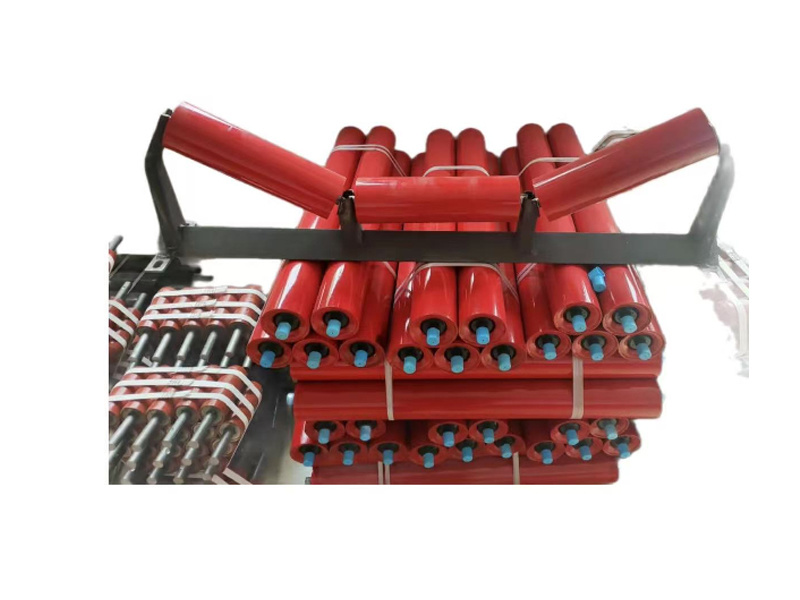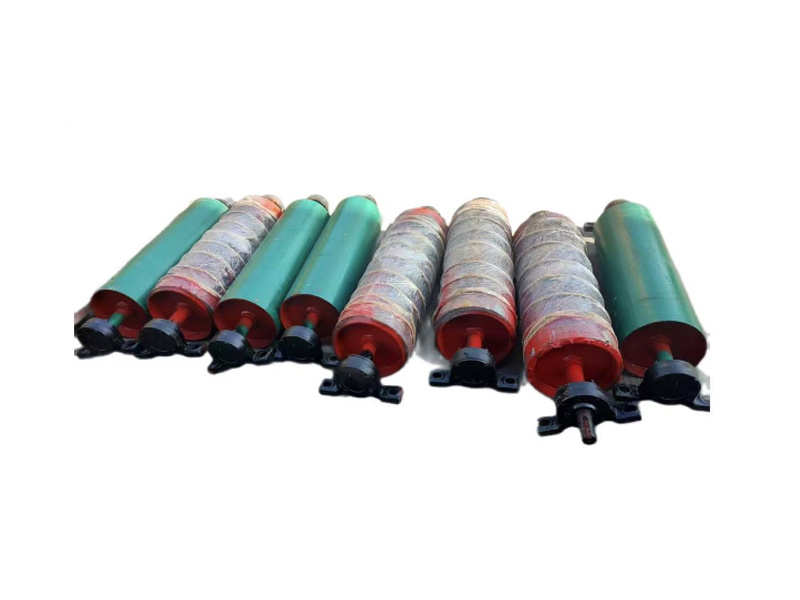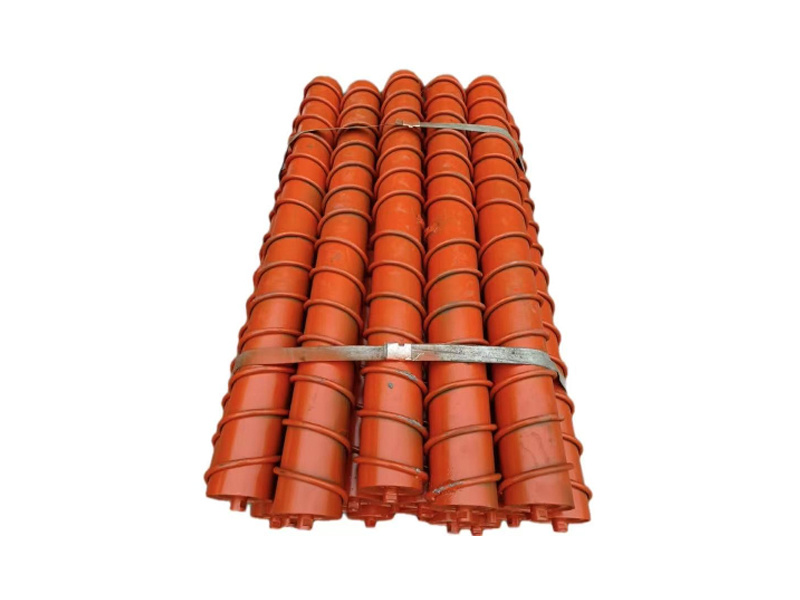
Structural Characteristics
Wing Structure: There are two or more wings located below or near the head of the screw. The wings are usually flat and extend outward, and their shape and size may vary depending on different designs and application needs. The main function of the wings is to provide positioning and guiding during installation, allowing the screw to drill more accurately into the designated position, reducing deviation and wobbling.
Drill Tail Section: Like ordinary drill tail screws, it has a sharp drill head structure with cutting edges and chip removal grooves, capable of drilling holes and tapping threads in materials without the need for pre-drilling and tapping operations, effectively improving installation efficiency.
Thread Section: Typically uses self-tapping coarse threads, which allow the screw to quickly form a reliable threaded connection when penetrating the material, providing good self-locking performance, effectively preventing loosening of the screw, and ensuring the firmness of the connection.
Material
Carbon Steel: Has high strength and hardness, relatively low cost, and can improve its corrosion resistance and aesthetics through surface treatments such as galvanizing and nickel plating, suitable for general construction, furniture, and other connection fields.
Stainless Steel: Common types include 304 and 316 stainless steel, which have excellent corrosion resistance and can maintain good performance in harsh environments such as humidity and acid-base conditions, commonly used in outdoor construction, marine engineering, food processing equipment, and other situations with high corrosion resistance requirements.
Aluminum Alloy: Lightweight, corrosion-resistant, and has certain strength, suitable for fields with strict weight requirements such as aerospace and electronic devices. Additionally, aluminum alloy wing drill tail screws also have a certain aesthetic appeal.
Specifications and Models
Classified by size specifications: Common diameter specifications include M3, M4, M5, M6, M8, etc., with lengths ranging from a few millimeters to several tens of millimeters, to meet the connection needs of materials of different thicknesses, and suitable specifications can be selected based on specific application scenarios.
Classified by the number and shape of wings: The number of wings is generally 2 or 4, and the shapes of the wings can be rectangular, semicircular, triangular, etc. Different numbers and shapes of wings may have better positioning and guiding effects in different application scenarios.
Classified by thread type: Mainly coarse threads and fine threads. Coarse threads can quickly penetrate the material during connection, providing greater connection force, suitable for general fastening connections; fine threads have higher precision and better anti-loosening performance, suitable for situations with high requirements for connection precision and reliability.

Winged tail screw
Contact Us:
Product Classification:
Product inquiry
Note: Please leave your Tel, our professionals will contact you as soon as possible and provide product solutions!
Related Products
Mainly used to support the conveyor belt and the materials on it, reduce the running resistance of the conveyor belt, and ensure the smooth operation of the conveyor belt.
Mainly used to support the conveyor belt and the materials on it, reduce the running resistance of the conveyor belt, and ensure the smooth operation of the conveyor belt.
Available in various diameters and lengths to perfectly fit your conveying system.
Mainly used to support the conveyor belt and the materials on it, reduce the running resistance of the conveyor belt, and ensure the smooth operation of the conveyor belt.










